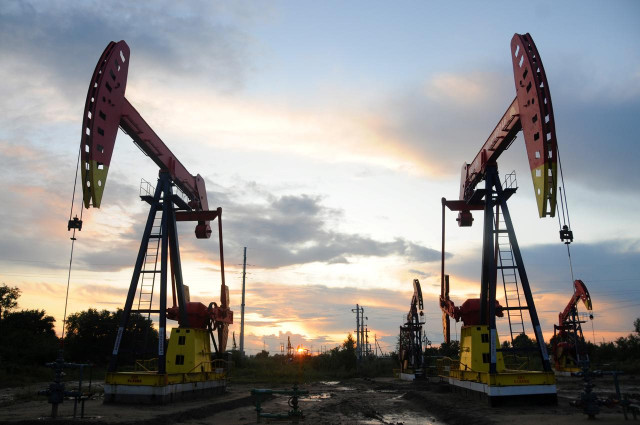In Pakistan, shift away from furnace oil saves consumers Rs65b
Benefit passed on to end-consumers on account of fuel cost adjustment

PHOTO: REUTERS
"A benefit of around Rs65 billion was passed on to end-consumers on account of fuel price adjustment," said the National Electric Power Regulatory Authority (Nepra) in its Annual Report 2017-18 issued recently.
The benefit was enjoyed by the end-consumers except for those having consumption of up to 300 units per month and agricultural consumers.
The relief was given partly on account of power purchase price (PPP), including the impact of transmission and distribution (T&D) losses, and partly on account of fuel cost adjustment (FCA) and prior year adjustment (PYA) pertaining to financial year 2016-17.
The government has added over 5,000 megawatts of installed capacity based on RLNG and coal to the system and phased out around 4,000MW of capacity based on furnace oil over the past couple of years till June 30, 2018.
Most of the new plants on imported fuels came under the multibillion-dollar China-Pakistan Economic Corridor (CPEC) initiated under the previous government of Pakistan Muslim League-Nawaz (PML-N).
The cost of power production with RLNG as fuel remained slightly lower or equivalent to production from furnace oil. The cost of coal-fired power generation, however, was much lower than furnace oil and local gas-fired electricity production.
The addition of RLNG and coal-based power supply has helped phase out furnace oil-fired production as the installed capacity of transmission and distribution system remained stagnant prior to the addition of new supplies.
Pakistan had an installed power generation capacity of 32,519MW on June 30, 2018. Of that, 64% (20,800MW) of the total capacity was based on furnace oil, 27% (8,683MW) on hydel resources, 4% (1,345MW) on nuclear, 3% (985MW) on wind, slightly over 1% (400MW) on solar and slightly less than 1% (306MW) on bagasse.
Nepra reported that power companies received 3,036 complaints and 95% of them were addressed during the year ended June 30, 2018.
The regulatory authority has time and again raised questions over the number of complaints reported by the power firms. It believes the number has been higher than the one reported.
Published in The Express Tribune, October 9th, 2019.
Like Business on Facebook, follow @TribuneBiz on Twitter to stay informed and join in the conversation.



















COMMENTS
Comments are moderated and generally will be posted if they are on-topic and not abusive.
For more information, please see our Comments FAQ